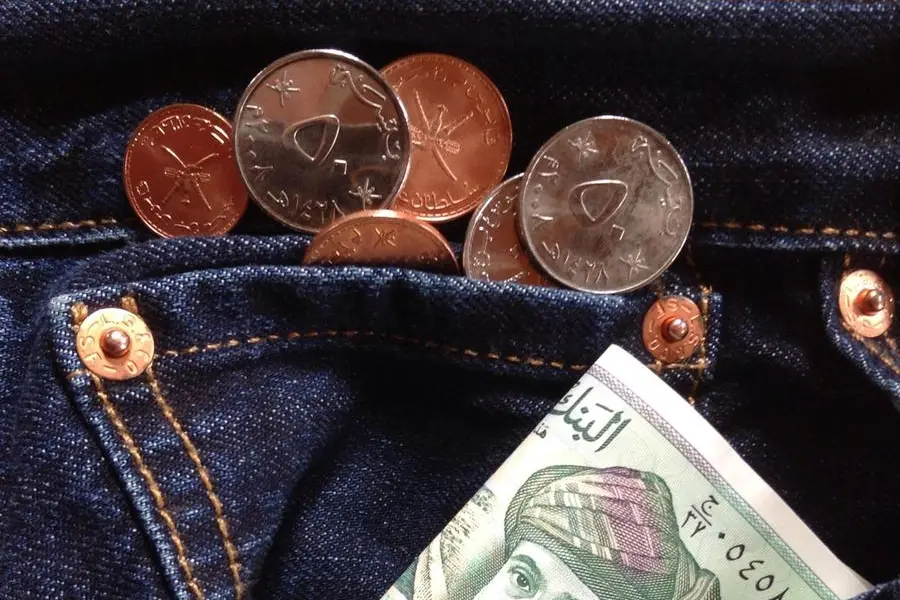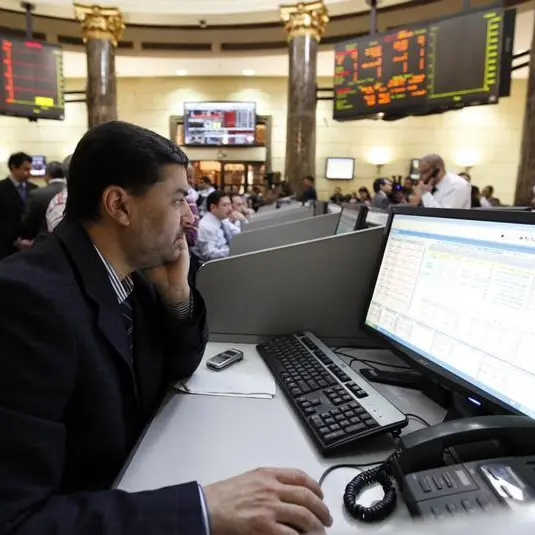PHOTO
Oman’s budget for the year 2022 has listed nine salient points that form its economic and social guidelines for this year.
“The State’s General Budget for the financial year 2022 is consistent with the objectives of the Tenth Five Year Development Plan,” said the Ministry of Finance in its budget report. “The 2022 budget aims to achieve a set of economic and social development objectives.”
These include maintaining prudent, sustainable levels of public spending; enhancing the contributions of non-oil revenue; prioritising projects linked to productive sectors; redirecting government subsidies to targeted low-income households; maintaining spending levels on basic services; prioritising digital transformation programmes; continued improvement of Oman’s credit ratings to increase investor confidence; support training programmes and those linked to job schemes, while boosting job creation; and continued support for small and medium enterprises.
“Over the past few years, the national economy experienced frequent fiscal challenges posed by a sharp drop in oil prices, lower oil demand, high public debt, and the implications caused by the COVID-19 pandemic,” explained the budget report. “These challenges have adversely affected Oman’s creditworthiness and borrowing cost.
“Moreover, Oman was hit by Tropical Cyclone Shaheen, which took a toll on the community and infrastructure of some wilayats,” added the report.
“However, with the efforts put in by government entities and members of society, life has returned to normal.”
The budget for this year has been set at OMR12.13bn, of which OMR10.58bn will be financed through revenues. The 2022 budget is slightly lower than its 2021 counterpart in terms of both revenue (OMR10.94bn in 2021), and spending (OMR12.167bn).
“The 2022 budget deficit is estimated to be around OMR1.55bn, i.e. 15 percent of the total revenue and five percent of gross domestic product,” said the MOF report. “Nearly 74 percent of this deficit will be financed through external and domestic borrowing, i.e. OMR1.15bn, while the rest of the deficit, around OMR400mn, will be covered by drawing on reserves. However, the government seeks to achieve a growth rate of 2.5 percent and constant prices in 2022.”
“Public revenues and expenditures have been estimated after taking into account the Medium Term Fiscal Plan (MTFP), as well as a set of bases and scenarios, which all aim to ensure the continuation of basic services delivery such as education, healthcare, housing and social welfare, in addition to improving the business environment and investment climate.”
The MTFP, which runs from 2020 to 2024, was developed with an overarching objective of achieving fiscal balance for Oman in the medium term to decrease debt levels brought about by borrowing, particularly from international markets, and make debt servicing costs more sustainable. The dual shock of the COVID-19 pandemic and oil market disruptions also placed an urgent spotlight on the country’s fiscal situation.
The current budget assumes an oil price of $50 a barrel, a rate referred to in the report as “precautionary”, with the majority of spending going towards public expenditure.
OMR10.159bn has been allocated for public spending across four areas: defence and security (OMR2.965bn), civil ministries (OMR4.3bn), gas purchase and transport (OMR 1.6bn), and public debt servicing (OMR1.294bn).
The rest of the expenditure has been assigned for investment projects totalling OMR1.971bn. These include development (OMR900mn), electricity subsidies (OMR500mn), loan repayments (OMR200mn), and other necessary expenses (OMR371mn).
Oil revenue for this year is forecast to amount to OMR4.49bn, gas revenue is to contribute a further OMR2.75bn, and current revenues another OMR3.34bn. Oil production is expected to touch OMR1,055,000 barrels a day.
© Muscat Media Group Provided by SyndiGate Media Inc. (Syndigate.info).












